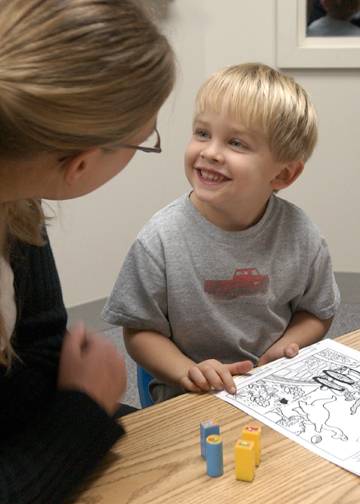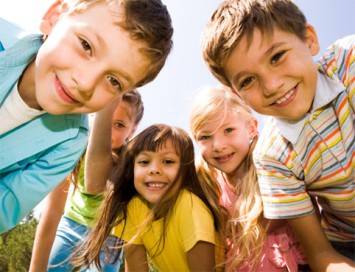Autism Spectrum Disorders
-
What is Autism Spectrum Disorder?
Autism is a neurological disorder affecting about 1 in 68 U.S. children. Characteristics of Autism Spectrum Disorders (ASDs) are generally present by the age of 3 and include deficits in social interaction and verbal/nonverbal communication, and repetitive behaviors and/or interests. Often, individuals with ASD also have unusual responses to sensory stimulation.ASDs can differentially affect a person's functioning, from a very mild to severe impact. Individuals with ASD may communicate, interact, behave, and learn in ways that are different from most people. Autistic disorder is the most commonly known type of ASD, but there are others, including Asperger’s Syndrome and "pervasive developmental disorder-not otherwise specified" (PDD-NOS). The latter two terms may still be discussed and used relative to diagnosis, however, the DSM -5 has modified the diagnostic criteria, and eliminated Asperger's Syndrome and PDD-nos.Although research is rapidly progressing, no consensus exists about the causes of ASDs. Etiological theories include both genetic and environmental components. While no known cure for ASD exists, the general agreement is that early diagnosis followed by appropriate, intensive treatment and instruction can greatly improve outcomes for most individuals with ASD.
Individuals with Autism might:
- Have trouble relating to others or show no interest in other people at all
- Avoid eye contact and want to be left alone most of the time
- Have trouble with, or no interest in understanding other people's feelings or they talk only about their own feelings
- Resist being held or cuddled by others
- Appear to not hear people talking, but respond to other less obtrusive sounds
- Repeat or echo words or phrases said to them
- Have trouble adapting when a routine changes, or react violently to such changes
- Not engage in "pretend" play
- Not point to objects to show interest, or direct another's attention
- Seem unaware of objects/events that are indicated or initiated by another person

Our Early Communicator Program provides communication intervention for Children who are non-verbal or in the early stages of developing the use of language. Children appropriate for the program include those diagnosed with receptive/expressive language disorder, ASD, developmental delay, or those who have difficulty producing speech sounds, as well as those for whom the diagnosis is unclear.
A one-to-one ratio of clinician to child ensures that children have adult support in their attempts to participate and communicate in group activities and individual speech-language therapy.
Although speech-language pathologists individualize intervention to meet the needs of each child, they also incorporate aspects of the SCERTS approach (Prizant, 2006), Floor Time (Greenspan, 1998), the Hanen Program (Sussman, 1999) and behavioral intervention with a developmental/relational approach.
Our Social Communication and Emerging Language Program is designed for children who have emerging, but limited expressive language skills. Individuals may have an autism diagnosis; and have difficulty with reciprocal interaction, affecting social aspects of communication.
Language and social skills intervention focuses on establishing the prerequisites to communication such as eye contact, attention, intent to communicate, communicative turn-taking, requesting, gaining others’ attention, and using word approximations words or signs to express wants and needs. Activities includes talk time (or circle time), simple crafts, sensory activities, snack time and time for child-directed play.
Please contact the clinic if you would like to enroll your child in one of these programs or if you are concerned about your child's language development.
